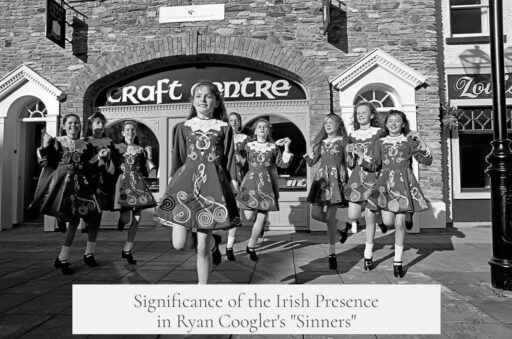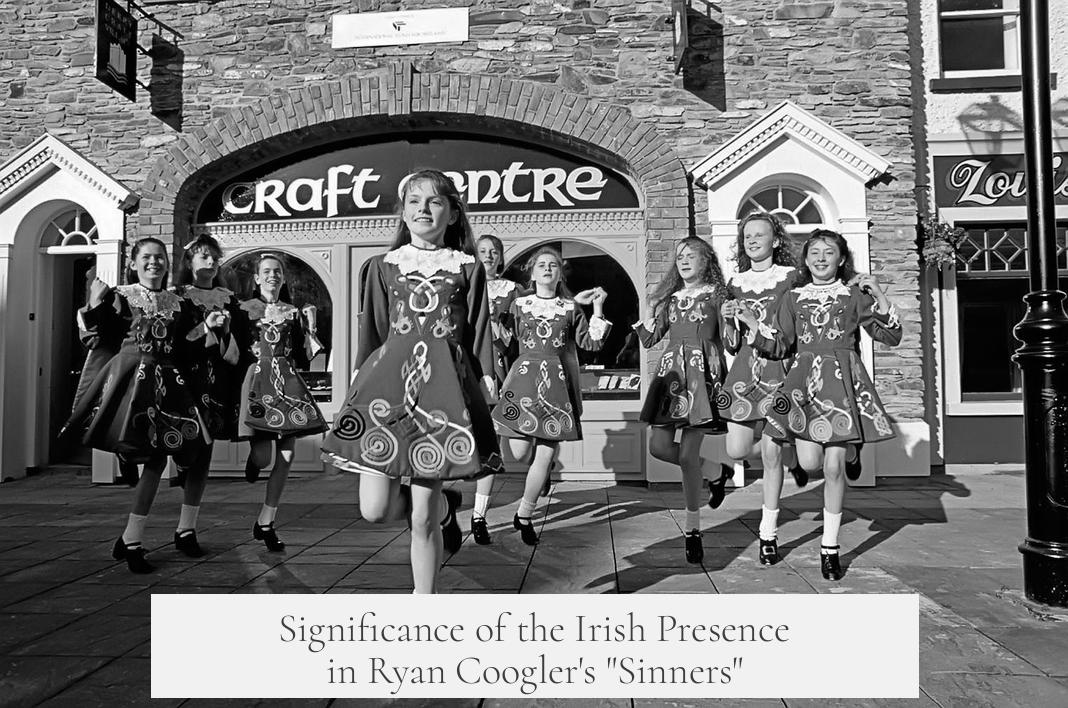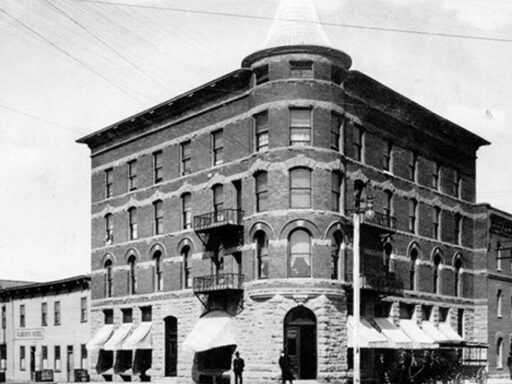The Irish presence in Ryan Coogler’s “Sinners” holds significant cultural and thematic importance. It reflects the complex historical relationship between Irish immigrants and African Americans in America, highlights shared experiences of oppression, and enriches the film’s narrative through the fusion of Irish folklore and African American blues music.
Ryan Coogler intentionally weaves Irish cultural elements into “Sinners,” blending Irish folklore with the Delta blues tradition that resonates with African American history. This musical and cultural fusion serves multiple purposes. Coogler uses these intertwined traditions to reveal the painful colonial pasts both the Irish and African American communities endured, illuminating their shared struggles despite racial divides.
Historically, Irish immigrants in the late 1800s faced severe discrimination in America. At times, they were grouped alongside African Americans socially and economically. For instance, a phrase from that era recalls a Black man saying, “My master is a great tyrant, he treats me like a common Irishman,” illustrating the oppressive conditions endured by both groups. However, systemic racism impeded sustained solidarity between these communities.
One character, Remmick, whose Irish origin is deliberately noted, embodies this complex history and invites interpretation. Some argue that his Irish background symbolizes the way Irish immigrants “became white” in America by forming ethnic enclaves and sometimes adopting racially exclusionary attitudes toward Black Americans. This perspective underlines how Irish assimilation involved navigating and, at times, enforcing racial hierarchies.
Alternatively, the Irish presence through Remmick may emphasize shared oppression. Both Irish and African American populations suffered under colonial powers who justified dominance through racial pseudoscience and bioessentialist ideas. This reading interprets Remmick’s Irish origin as an allusion to colonialism’s broader impact on ethnicity and identity rather than merely a symbol of racial division.
Remmick’s role also involves ambiguity. His actions can be seen as either predatory, undermining Black talent, or reflective of a multifaceted resistance to racism. His troop’s anti-racist, multi-ethnic composition suggests possible solidarity, undermining simple labels like racist allegory. The film thus uses Remmick’s Irish ties to explore the tensions and contradictions within racial power dynamics.
This ambiguity reflects the artistic nature of Coogler’s work. It resists a single authoritative interpretation, allowing the viewer to draw parallels and find multiple meanings. Such complexity invites deeper analysis beyond historical facts, exploring subjective themes of identity, power, and culture.
Another vital aspect of the Irish presence in “Sinners” is the music. The film’s score incorporates traditional Irish tunes alongside African American blues. Jack O’Connell and Ryan Coogler have noted the importance of this musical blend. Irish folk music and Delta blues create a layered auditory experience that honors and connects both communities’ heritage.
Coogler’s personal love for Irish music and folklore informs the film’s unique style. By fusing Irish vampire lore with African American musical traditions, he presents vampires as a metaphor that transcends typical racial narratives, adding depth to the horror genre. This approach gives the story a broader cultural resonance.
Scholars and viewers interested in these intersections may explore works like Nell Irvin Painter’s The History of White People. Painter details how racial categories evolved, including how Irish immigrants were racialized in America. Her research contextualizes the Irish experience within wider racial frameworks and imperial policies, shedding light on the historical nuances reflected in “Sinners.”
| Aspect | Explanation |
|---|---|
| Historical Context | Irish immigrants and African Americans faced oppression and systemic racism in late 1800s America. |
| Symbolism of Irish Presence | Represents Irish assimilation, shared oppression, and complex racial dynamics. |
| Musical Fusion | Traditional Irish folk and Delta blues scores intertwine to highlight cultural legacies. |
| Remmick’s Role | Ambiguous; prompts questions about racism, solidarity, and historical tensions. |
| Artistic Intent | Creates layered narrative exploring identity, colonial history, and cultural fusion. |
This layered Irish presence enriches “Sinners” beyond a conventional horror story. It brings nuanced historical conversations into the narrative fabric. By intertwining folklore, music, and historical realities, Coogler crafts a film that reflects the complexity of culture and identity against a backdrop of colonial legacies and racial hierarchies.
- Irish elements reflect the complex history between Irish immigrants and African Americans in America.
- Shared oppression under colonial powers informs the film’s thematic depth.
- Remmick’s ambiguous role symbolizes tensions between racial assimilation and solidarity.
- Musical fusion of Irish folk and Delta blues underscores cultural connections.
- The film invites multiple interpretations rather than offering a single definitive meaning.
Why does Ryan Coogler include an Irish character like Remmick in “Sinners”?
Remmick’s Irish background can reflect how Irish immigrants in America became “white” by adopting racist views or highlight shared oppression between Irish and Black Americans under colonial rule.
How does the film use Irish and African American cultural elements together?
Coogler blends Irish folklore and Delta blues to show the painful colonial histories both groups share, enriching the story’s depth and cultural meaning.
Is Remmick portrayed as a symbol of racism or solidarity?
The film leaves this ambiguous. Remmick may represent a racist figure or someone highlighting barriers to unity among oppressed groups through his multi-ethnic, anti-racist troop.
What role does Irish music play in the film’s atmosphere?
Traditional Irish music, paired with African American blues, shapes the film’s mood and illuminates both cultures’ histories and struggles.
Why can’t there be one clear answer about the Irish presence in “Sinners”?
The question involves artistic analysis and interpretation. Multiple valid views exist about the Irish role, reflecting complex historical and cultural realities.




